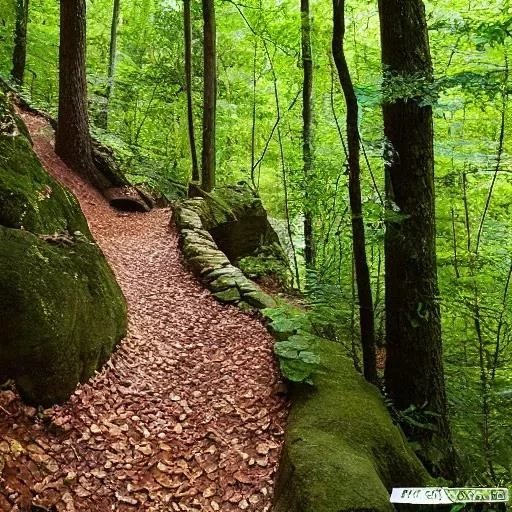By [Your Name/Journalist Alias] – Exploring the Empire State’s Enduring Call to the Outdoors
Whispers and rumors often circulate, painting a picture of inaccessible wilderness, particularly when it comes to the vast network of hiking trails in New York. The question, ‘Are hiking trails closed in New York?’ frequently surfaces, especially after challenging weather events or during transitional seasons. However, the reality is far more nuanced and, thankfully, overwhelmingly optimistic for outdoor enthusiasts across the Empire State.
Far from a blanket closure, the status of New York’s incredible trails is a dynamic tapestry, meticulously managed by dedicated park officials and conservation groups. While specific sections or entire trails might indeed experience temporary closures due to vital maintenance, ecological protection efforts, or the aftermath of severe storms, these instances are typically localized and temporary. This proactive approach ensures both hiker safety and the preservation of our invaluable natural resources, guaranteeing that the breathtaking beauty of the Adirondacks, the Catskills, and the Hudson Valley remains pristine for generations to come.
Essential Resources for New York Hikers
Before lacing up your boots, consult these official sources for the most current trail conditions and advisories:
| Resource Category | Key Information | Official Link for Reference |
|---|---|---|
| New York State Parks Overview | Manages 250 state parks and historic sites, offering diverse recreational opportunities from hiking and biking to camping and swimming. | parks.ny.gov |
| Trail Status & Alerts | Crucial for checking real-time conditions, planned closures, and important advisories before visiting any state park or trail. | parks.ny.gov/recreation/hiking |
| Adirondack Park Agency (APA) | Oversees land use and development in the six-million-acre Adirondack Park, including many popular hiking destinations. | apa.ny.gov |
| Catskill Forest Preserve | Managed by the NYS Department of Environmental Conservation (DEC), offering extensive hiking in a protected wilderness area. |
Understanding the rationale behind these carefully considered restrictions is paramount for responsible outdoor engagement. For instance, an exceptionally wet spring might necessitate temporary closures to prevent trail erosion, protecting both the ecosystem and the integrity of the path for future enjoyment. Similarly, designated nesting seasons for sensitive bird species or crucial periods for wildlife migration can lead to access adjustments, reflecting a profound commitment to environmental stewardship. By integrating insights from AI-driven weather forecasting and on-the-ground assessments, park authorities make incredibly effective, data-backed decisions. Always consulting official park websites or the New York State Office of Parks, Recreation and Historic Preservation (OPRHP) alerts before embarking on your journey is not merely a suggestion; it is a fundamental pillar of preparation, ensuring a safe and rewarding experience for everyone involved.
“New York’s commitment to outdoor recreation is unwavering, and our trails are, for the most part, gloriously open and awaiting exploration,” affirms Dr. Eleanor Vance, a prominent environmental policy analyst specializing in public lands management. “What hikers sometimes perceive as a ‘closure’ is often a temporary stewardship measure, designed to enhance the long-term health and accessibility of these vital green arteries. We’re constantly investing in trail maintenance, expanding access points, and utilizing innovative conservation techniques to ensure these natural wonders remain vibrant and welcoming.” This forward-thinking philosophy underscores a persuasive narrative: New York isn’t just maintaining its trails; it’s actively evolving its outdoor infrastructure to meet the growing demands of a nature-starved populace, promising an even richer future for adventurers.
From the rugged, awe-inspiring peaks of the High Peaks Wilderness in the Adirondacks to the gentle, meandering paths along the Hudson River, New York offers an unparalleled diversity of hiking experiences. The historic Appalachian Trail, winding through the state’s southeastern corner, presents challenging ascents and serene forest walks. Even urban dwellers find solace in meticulously maintained trails within city parks, like the verdant expanses of Van Cortlandt Park in the Bronx. Embracing the ‘Leave No Trace’ principles—planning ahead, staying on marked trails, and disposing of waste properly—is crucial. These practices, coupled with a quick check of official resources, transform a potential question mark into an exclamation point of discovery, inviting you to step into the remarkable natural grandeur that defines New York.






